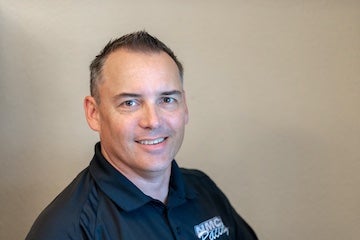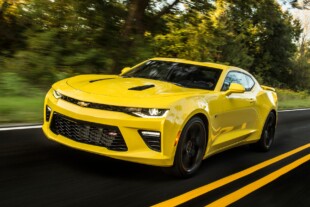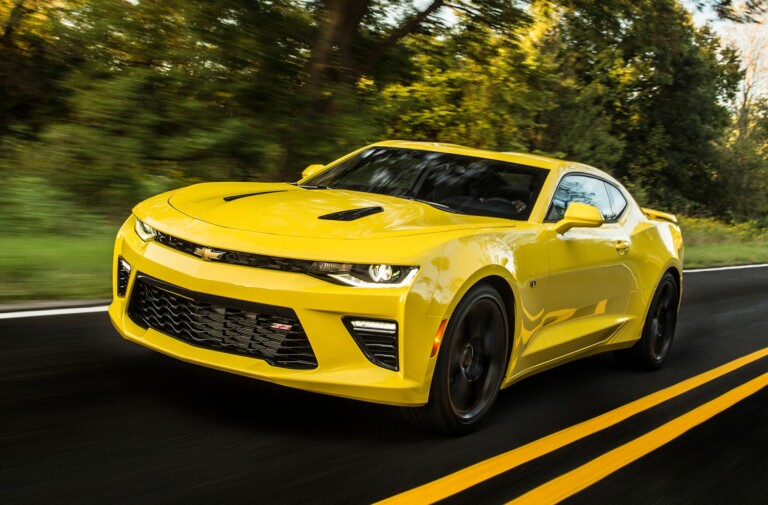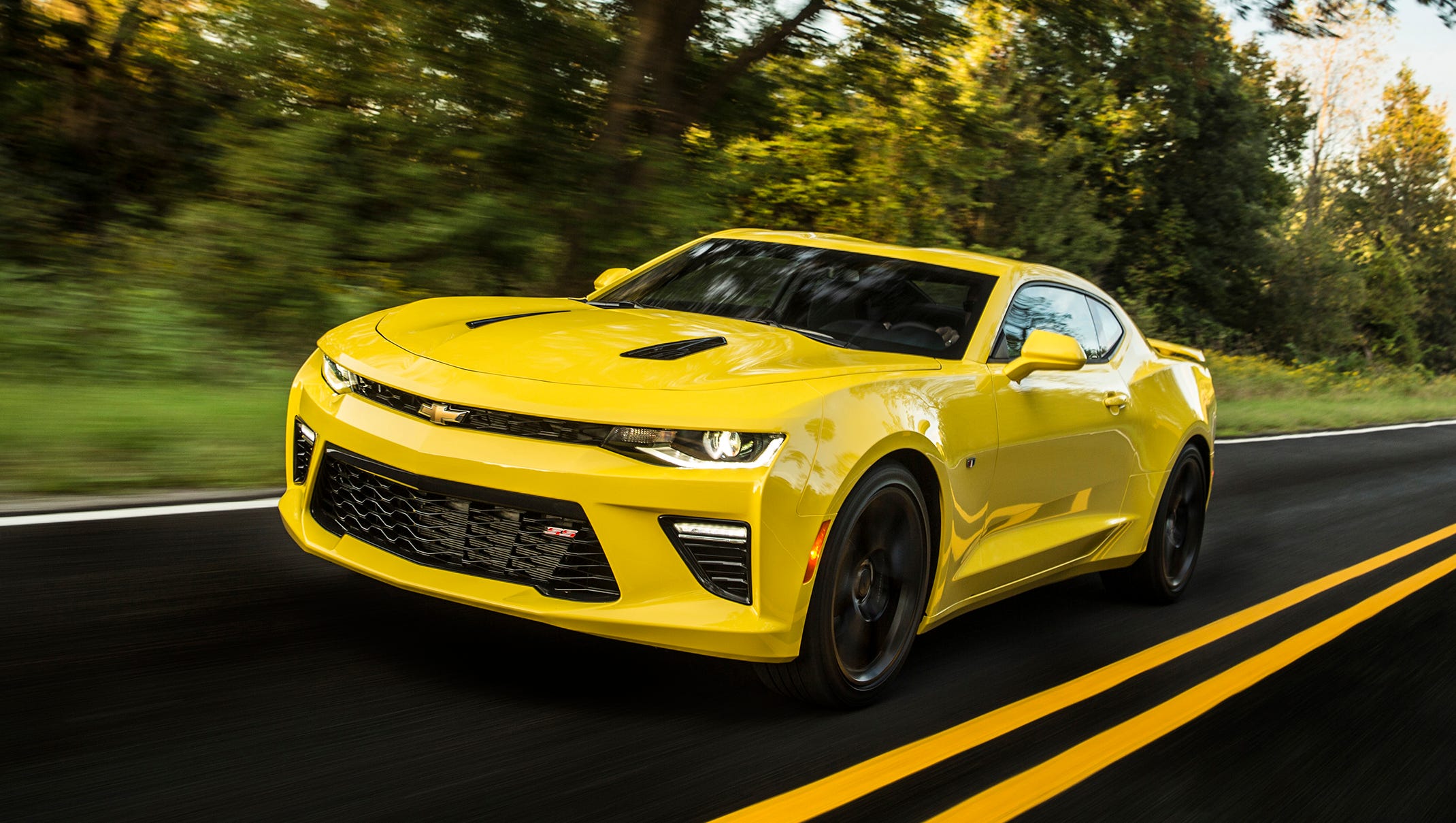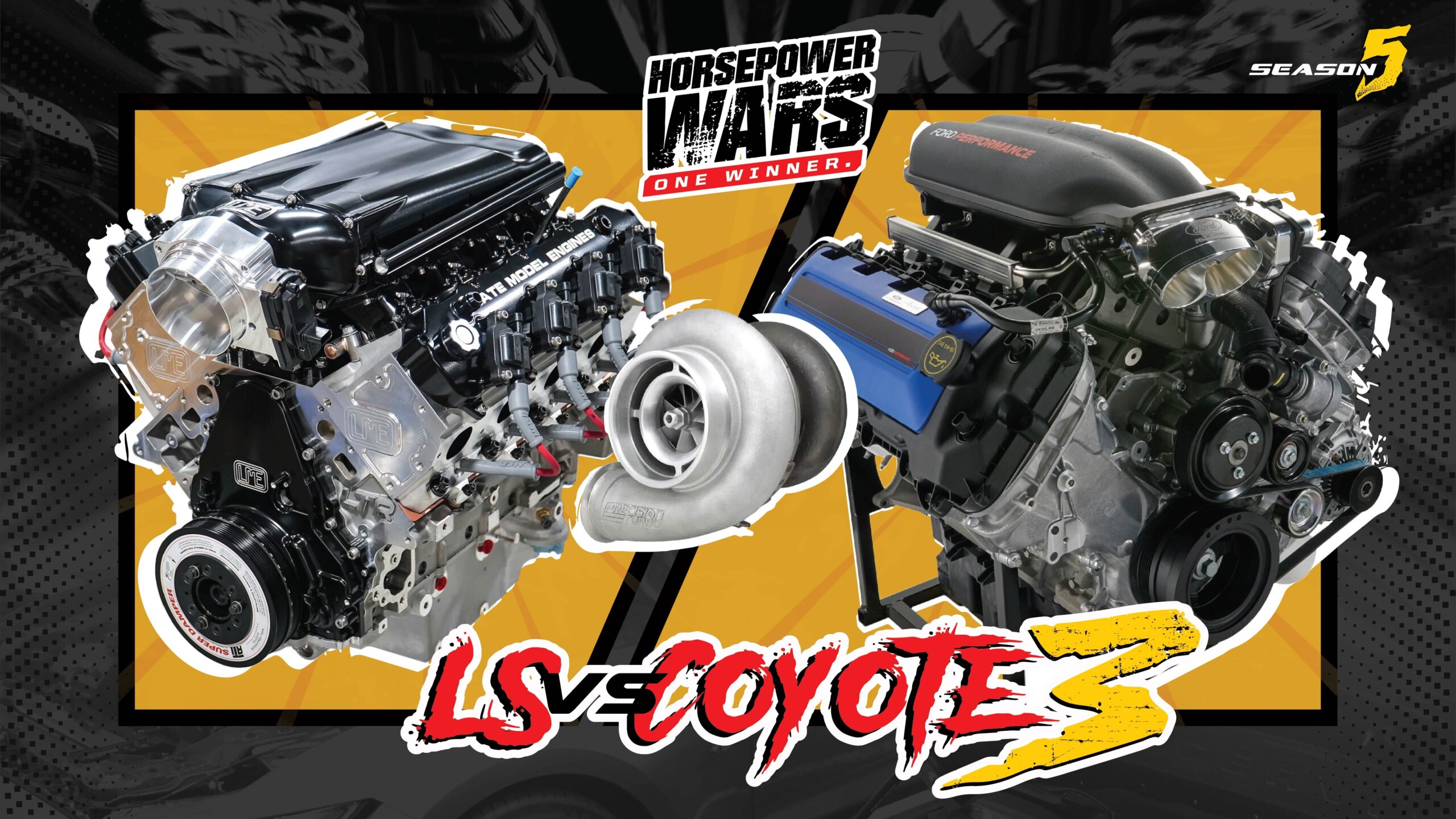There are certain classes of drag racing where most, if not all, of the competitors utilize the same engine platform. At the same time, there are other classes where the wild, the obscure, the vintage, and the modern can be found in the powerplants racers choose. TRE Racing Engines just wrapped up this engine build and made 870 horsepower with just 316 cubic inches from one of the rarest combinations you might never have heard of.
“In the 80s-90s, we built nothing but these, then we ran Pro Stock truck. Now we do a little of everything,” noted TRE Racing Engines’ Taylor Lastor.
The engine is based on GM Performance Parts’ Motorsport Aurora engine block, which was derived from the production L47 DOHC engine for the Oldsmobile Aurora. In that form, and with less than 250 cubic inches of displacement, the 8.2-inch deck small-block produced 250 horsepower. The motorsports division got a hold of it, and created a twin-turbo version of the DOHC engine that produced around 600 horsepower for IMSA and LMP applications. Later, a naturally aspirated and methanol-fueled version that revved to over 10,000 rpm was created for Indy Racing League competition.
It wasn’t long before drag racers got a hold of it, but rather than use the dual overhead cam heads, they had to use an inline cylinder head and a single camshaft due to NHRA rules.
“NHRA makes you run GM part number parts just like Super Stock, but these parts haven’t been made in over 20 years so you need to source, find, or beg for these parts,” Lastor explained of the rarity of the parts used in this build. “They only sold them bare, so there are no lifter holes, cam holes, bolt holes, etc.”
TRE Racing Engines has engineered the necessary changes to the block to accommodate the solid roller, 60mm tool steel camshaft from Bullet Racing Cams, and Jesel .937 body roller lifters. Lastor revealed the cam specs to us, which include a split duration of 270/280, and valve lift figures of 0.980-inch on the intake, and 0.950-inch on the exhaust.
The rotating assembly consists of a Bryant billet steel crankshaft with a 2.850-inch stroke, MGP 5.7-inch-long billet aluminum connecting rods, BME billet pistons, and a Total Seal 0.017 ring package similar to what is used in Pro Stock. An adaptor plate on the back of the block allows it to be bolted up to a transmission with a small-block Chevy bellhousing.
Moving to the top of the engine, you’ll find a pair of CFE inline cylinder heads, which are quickly becoming permanently out of stock.
“We are kind of in a bind,” Lastor said about the cylinder heads. “We have to run an inline valve head and CFE has a lock on them. They are the only company that could buy them blank. They are the same casting as 15- and 18-degree cylinder heads, but these are 10-degree versions. They are extremely expensive as raw castings—guys spend $20,000 on a set of heads to find 10 horsepower. These flow around 430 cfm when we are done with them.”
Said cylinder heads feature 2.230-inch intake and 1.550-inch exhaust valves, and TRE uses a Jesel billet steel shaft rocker system that is essentially custom for this application.
The intake manifold is a custom made, tunnel-ram style billet piece and Lastor told us that it takes right at 40 hours to build one. The staff then tunes the induction on dyno using different carb and plenum spacers to achieve the optimum runner length, which he says is key. Sitting atop the fabricated manifold is a pair of Holley 750-style carburetor bodies to meet the rules, and those are adorned with TRE Racing Engines’ 950HP billet metering blocks and boosters.
On the exhaust side, Lastor noted that they have tried all available header combinations, but a set of conventional long-tube headers with 1 7/8-inch primary tubes gets the job done.
Turning right at 11,000 rpm on the racetrack, this particular engine is going in an NHRA D Super Modified Chevy Cobalt that should run 8.20s at 2,800 lbs curb weight.
“870 horsepower is more than we’ve ever seen by about 20 horsepower,” Lastor said. “It’s pretty nasty.”


